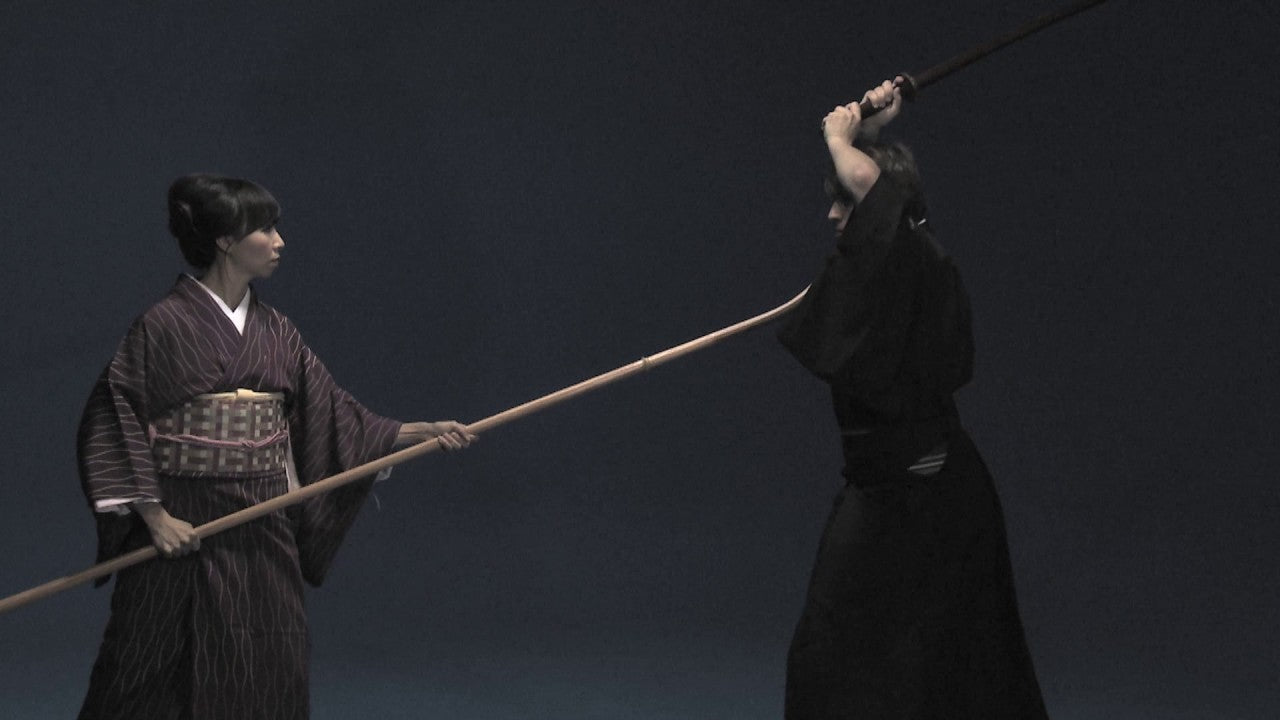What Are the Types of Naginata?

The "Naginata" (long sword) was one of the long-handled weapons that appeared in the Heian period. In "Taiping Ji", which is famous for its historical literature, the weapon that appears the most is the Naginata. Due to its large size, it can stab and strike in addition to slashing, so it was widely used as a main weapon in the Northern and Southern Dynasties. Next we introduce the types of japan swords Naginata.
Naginata are divided into 3 types not only by their size but also by shape. One is the "Static Naginata" named after the concubine "Jing Yuqian" in the "Original Yoshitsune". One is the "Ba-shaped Naginata" named after the concubine "Ba Yuqian" of "Kiso Yoshinaka". The last category is the "Chikushi Naginata" that is prevalent in the Kyushu area.
1. Static Naginata
Static Naginata, also known as "male Naginata", are naginatas that have no clear specification for shape and length. Generally speaking, it is characterized by a shallow bend, a wide body and a narrow front, similar to the so-called Japanese swords made of iris. In addition, the static form naginata technique called "still flow", it is said that Gen Yoshitsune, who learned swordsmanship from an oni, applied the sword technique to the naginata technique, and started to teach only Shigomae. Static Naginata could be purchased in katana sword shop. If you want to buy Naginata online, COOLKATANA would be a great choice.
2. Ba-shaped Naginata
Ba-shaped Naginata, also known as "female Naginata", are Naginatas that are not clearly defined in terms of shape and length. In general, the tip is characterized by a larger dihedral angle and an enlarged blade width. This is the shape of the women's naginata made in the Edo period, and the name Ba-shaped Japanese naginata also came after the Edo period. In addition, although it is said that it was named after Ba Yuqian, there is also a saying that Ba Yuqian has nothing to do with the origin of the name.
3. Kyushu Naginata
Kyushu Naginata is a naginata popular in the Chikushi area, centered on the daimyo "Otomo's house" in the Kyushu area. The biggest feature is that there is no stem that can be inserted into the handle. A ring-shaped metal part called a "cabinet" is attached to the ridge side of the blade, and it has a special structure that allows the handle to pass through.
"Iwaro" is the favorite sword of "Musashibo Benkei" who is famous for Naginata. Musashibo Benkei was an official in Gen Yoshitsune, and in "Battle of Yigawa", he is famous as a monk who died standing up after a fierce battle. Musashibo Benkei has straight teeth and a tall stature since he was born. The Iwayo he runs is a tall Naginata that measures 3 feet 5 inches (about 106cm) on the blade alone. The maker of Yanrong is known as the "Sanjo Kojiye Zongjin" who forged "Sanriyuezongjin", one of the "five swords in the world". Sanjomune was a famous craftsman in the Heian period, and is said to be famous for the "Xiaohumaru" that was forged with the fox spirit. It is said that Musashibo Benkei does not actually exist, but the "Oyamachi Shrine" located in Imabari City, Ehime Prefecture has a large Naginata said to be enshrined by Musashibo Benkei, and it has also been designated as an important national cultural property of Japan.






